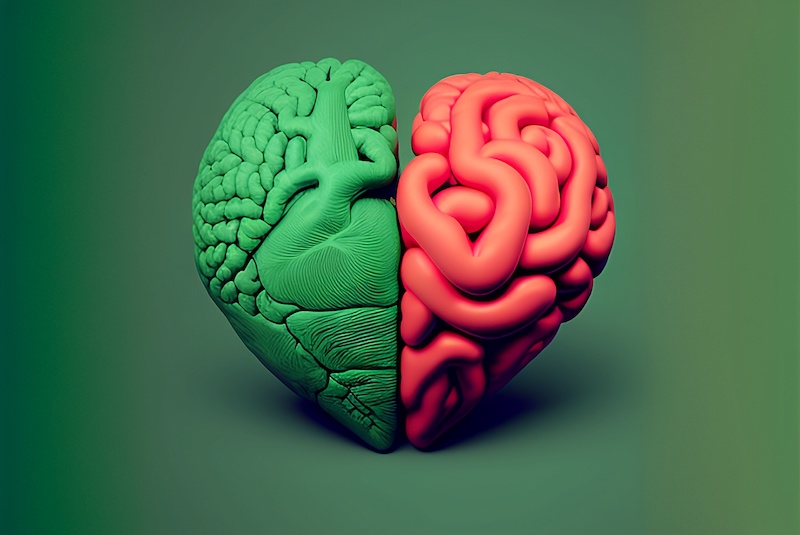April 10, 2023

Last year Steve and I bought a new house which we have just moved into last week. We looked at it on a Saturday back in October and LOVED it. It ticked all our boxes, so we made an offer and had signed the contracts five days later. It’s a great example of using emotion versus logic.
As part of the move, I purchased new bed linen for us and our daughter Jess. After several weeks of looking at various brands and several discussions with Jess about colour and fabric of sheets and doona covers, she turned to me and said,
‘Mum you are taking longer to buy the linen than you did to buy the house.’
And she was correct… you know why?
Emotion
Buying the house was an emotional decision. We did work through the logic afterwards (as we are not idiots) and we found very valid and logical reasons why we were spending more than we had planned to… hmmm.
Logic
Buying the linen didn’t require any emotion as I don’t love it. I appreciate that linen serves a very practical purpose and I don’t want it to look or feel terrible. But I’m not overly invested in it. As a result, it was taking longer to make the decision about the linen as opposed to the house.
Emotion Versus Logic
While many of us believe logic drives our choices, the reality is that we have already made an emotional decision. We then use logic to justify the choice to ourselves and to others. Suddenly the new house that was only 400 metres from the golf course made very logical sense.
What the Research Says
Research shows emotion plays a significant role in our ability to make decisions.
Neuroscientist Antonio Damasio conducted research examining people with damage to their frontal lobe, which is the area of the brain where emotions are generated. Except for their inability to feel or express emotions, the participants had normal intellectual capacity in terms of working memory, attention, language comprehension and expression. However, they were unable to make decisions.
The vast majority of participants could describe in logical terms what they thought they should be doing, but they found it difficult to actually make a decision, including making a simple choice like deciding what to eat. This indecision came from them going over the pros and cons for each option again and again. Presented with a choice to make, we struggle to make a decision without some form of emotion influencing it.
Damasio’s research does not stand alone. According to Christine Comaford, neuroscience expert and author of the New York Times bestseller Smart Tribes: How Teams Become Brilliant Together, 90 per cent of human behaviour and decision-making is driven by our emotions.
In a Business Context
Not fully understanding this is often why we get incredibly frustrated when our team members or clients do not do what we want them to do. In our mind, our request makes logical sense! But as best-selling author of How to Win Friends and Influence People, Dale Carnegie put it, ‘When dealing with people, let us remember we are not dealing with creatures of logic. We are dealing with creatures of emotion, creatures bristling with prejudices and motivated by pride and vanity.”
Stories Tap into Emotion
Yet with all this research, many organisations still place too much belief in logic to drive change and underestimate the role emotion plays. They focus predominantly on the logic and ignore the stories that tap into emotion.
I truly believe that the vast majority of organisational change fails because we try to lead it through logic and not emotion. Of course, it needs to make logical sense, but people will buy into the change on emotion and rationalise with logic. And they will do that because they are human.
So, unless you have replaced your entire workforce with robots, it’s a great time to consider how emotion and good storytelling can effectively drive change in your organisation.